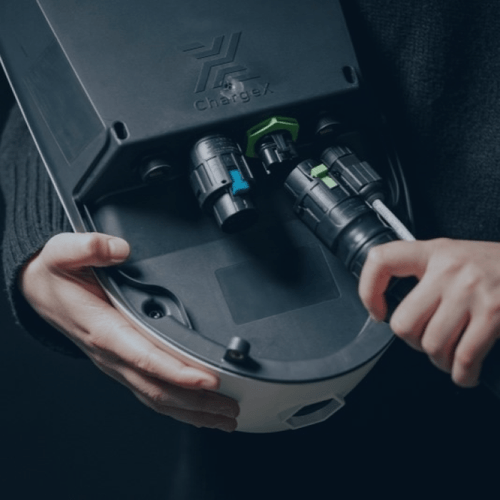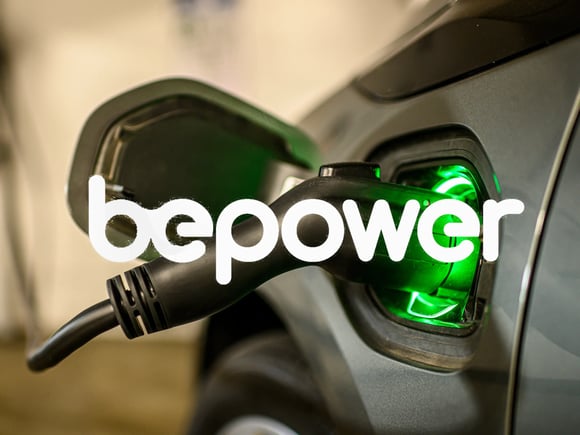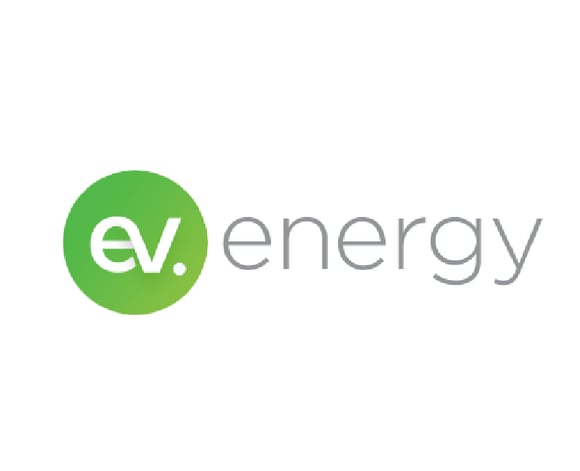EV Charging
ChargeX's Aqueduct EV charging system turns every parking space into a charging station

/ChargeX_Logo_white.png?width=289&name=ChargeX_Logo_white.png)
About the company
ChargeX brings smart, modular EV charging solutions to private and semi-public spaces, making it simple and affordable for businesses to offer charging on-site.
When ChargeX set out to change how EV charging is delivered in private and semi-public spaces, only one connectivity provider filled their need
With emnify, ChargeX can give their customers the strongest connection available, even in underground locations. Today, ChargeX uses emnify's solution to manage its entire network of Aqueduct EV charging modules.
Scalable EV charging for a green future
There is a real and ongoing need for accessible EV charging stations, and ChargeX has risen to this challenge with it's plug and play solution, Aqueduct.
Acting much like a power strip, Aqueduct enables multiple vehicles to charge one after the other from a single power line.
This scalable system means parking lots can transform into efficient EV charging hubs, pushing the shift toward sustainable urban mobility forward.

The challenge: Keeping every charger connected, even underground
ChargeX needed reliable wireless communication to keep Aqueduct’s smart EV charging system running smoothly.
Each module had to authenticate users with RFID-enabled passes and transmit data—charging times, energy use, and user IDs—back to ChargeX’s backend for real-time monitoring, billing, and management.
With clients relying on Aqueduct for cost tracking and fleet management, even a brief connectivity lapse could result in missing data, delayed payments, or higher maintenance.

.jpg?width=1778&height=1000&name=Heading%20(1).jpg)
A connectivity solution
With emnify’s multi-network IoT SIMs, ChargeX can connect its Aqueduct chargers with confidence. The SIMs automatically switch to the strongest available network, giving ChargeX uninterrupted connectivity for real-time data reporting, remote monitoring, and secure billing.
The management platform makes managing hundreds of devices possible. The team gets information on SIM performance, from real-time connection status to data usage and connectivity events.
The OpenVPN feature also provides secure, remote access for troubleshooting.
.jpg?width=1080&name=Untitled%20design%20(33).jpg)

Outcomes
4,500+
Number of charging stations (2024)
8 GWh
Amount of electricity emitted (2024)
Support where ChargeX needed it
IoT SIM
A non-steered IoT SIM that support 2G, 3G, 4G, LTE-M, and NB-IoT, giving superior signal quality and better network control worldwide.
Connectivity management
A single connectivity management platform for SIM lifecycle management, cross-network control, and real-time insights.
IoT eSIM
OpenVPN for secure remote access to the Aqueduct modules to update firmware or fix any issues.
Numerous installations take place in parking garages where we often experience connectivity issues. emnify’s ability to auto-select the best network is, therefore, a decisive factor for stable operations of Aqueduct modules.


